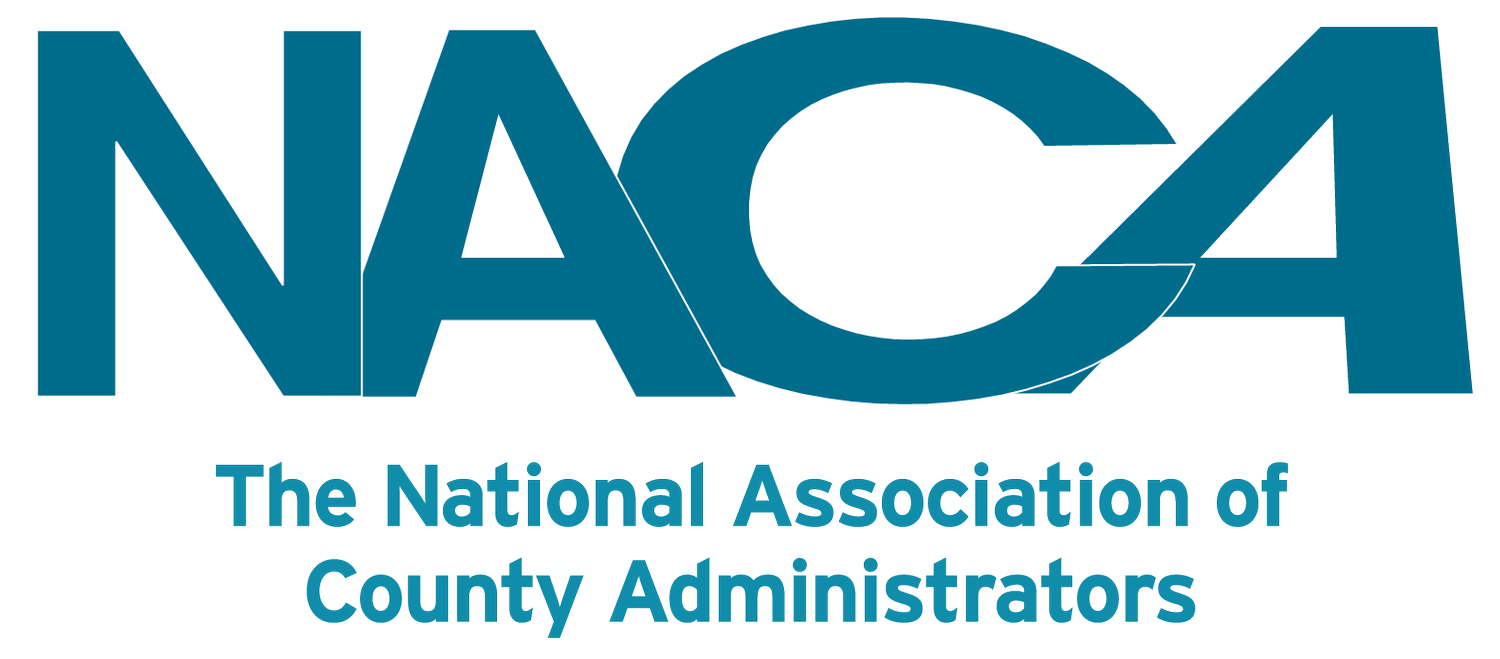Rethinking Public Engagement
Why we need to rethink public engagement and design principles for better engagement.
Authors: Shayne C. Kavanagh, Valerie Lemmie, and Martín Carcasson
The budget is the most important policy document that a local government produces.* As such, it has been recognized for decades that local governments should do better at engaging citizens in the budget process. The standard avenue for citizen engagement in the budget process is often limited to a public hearing or two, which typically happens after important decisions have been made and often amount to little more than a chance for citizens to air their grievances at a microphone. In this paper, we will contend that new forces have emerged that suggest local governments need to consider public engagement in a new light. Before we examine these forces and their implications, we must recognize that public engagement is the most difficult part of planning and budgeting. To take on a difficult problem, we first should define the problem before attempting to solve it. In that spirit, in this paper we will first re-examine the reasons for public engagement. Knowing why we do public engagement sets us up to understand how to do public engagement.
In this paper, we will also “think like a chef and not a cook.” A cook follows a prescribed recipe but runs into problems when the recipe does not fit the situation. A chef, however, has deeper understanding and knowledge and can adapt to the situation. For that reason, the second part of this paper will set forth principles to help local governments design public engagement in a way that satisfies the purposes of public engagement.
* Because the budget outlines resources for a community’s policy priorities. † Please consult kettering.org/blogs/work-citizen or, for more detail, the book Ecology of Democracy by Dr. David Matthews, available at kettering.org
Rethinking the Purpose of Public Engagement
A good place to start rethinking public engagement is to consider why public engagement is important. If we know the reasons local governments need public input, we can design public engagement accordingly. Traditional reasons for public engagement in planning and budgeting include building trust in the decision-making process, defining community priorities, improving the quality of outcomes, improving relationships between the public and public officials, and building stronger support for the resulting decisions. While these reasons are still valid, we contend they are incomplete. In following pages, we examine four reasons public engagement is important today, distinct from decades past, and the conditions that give rise to the reasons.2
(Re)Establish legitimacy of local government as an institution. In most decades after World War II, the legitimacy of government was taken for granted. Today, the legitimacy of government is in question,* but legitimacy is needed for government to function. Many people today, especially the young, feel they need to disrupt institutions to be heard.
An important contributor to this loss of legitimacy is a loss of public trust in governing institutions. Many people do not believe public officials will act on behalf of the entire community and that the voices of low income, black, indigenous, and people of color will continue to be unheard and marginalized. For an increasing number of families, the American dream seems unattainable, with income disparities the highest in our recent history.3 People look to government for solutions that are not forthcoming. People also look to government to be a partner with them in recognizing and addressing shared community problems, and to be seen as a co-producer of public goods with government rather than a passive bystander, customer, or client. Since 2020, we have seen numerous public protests demanding more responsive government on topics as diverse as racial justice, COVID restrictions, reproductive rights, and school curriculums. These protests have become a movement and demand an affirmative response from local government—one that puts citizens at the center of public problem-solving—if our democracy is to work as it should.
The loss of public trust is accompanied by increased divisiveness or polarization, making it difficult for people to bridge the divides that separate them. Yet when provided the opportunity to name the issues they are concerned about, frame the context of the issue, deliberate, and act together to address the issues, most people are willing to work through tensions and trade-offs to find common ground and solutions they can live with. Engaging citizens, in democratic and complementary ways, helps them build relationships of trust with other citizens and public officials; gain confidence in our governing institutions through shared work and responsibility; and become owners of the solutions or co-producers of public goods with government. Another contributor to government’s loss of legitimacy is the “information tsunami” in which society now finds itself: an exponentially increasing and extreme volume of available information.4 Before, citizens had limited information about government, and that information was intermediated by government itself or perhaps one or two media outlets (e.g., the local paper). Today, citizens….
*According to Pew Research Center, from 1964 to 2017, American’s trust in government dropped from 77% to 18%. Around that time, American’s belief that the federal government serves their interest went from 64% to 21%. Though these statistics are focused on the federal government, we should acknowledge that: A) local government typically fares better than the federal (and state) government in these polls, but also B) their respective scores are often correlated, which means declining federal scores do not bode well for local government.



